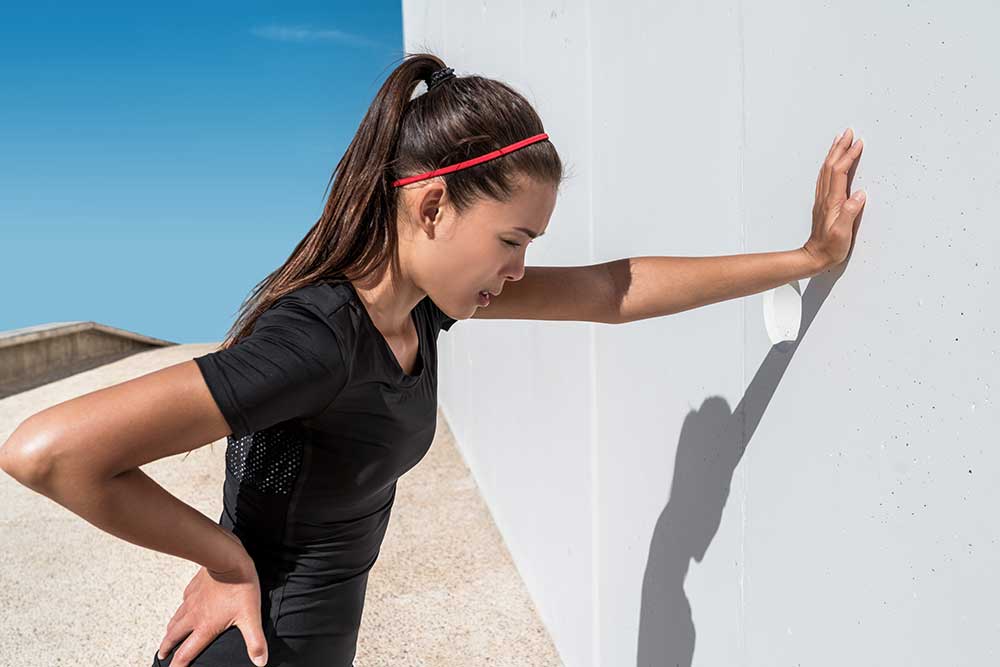It is common for runners to experience chronic pain. As an example, a recent study from the International Journal of Sports Physical Therapy focused on the incidence of exercise-related leg pain (ERLP). 225 adult community runners who registered for a race in St. Louis (either the half or full version of the Lewis & Clark Marathon) were asked to complete a questionnaire answering questions about any experience of ERLP (or lack thereof), demographic characteristics, and risk factors. An incredible 63.6% said that they had suffered from ERLP at some point.
Running does not have to be painful. Here are four tips so that you can keep the aches from interrupting your workout routine:
Tip #1 – Be careful about sitting.
Our sedentary lifestyle can lead to an increase in pain, noted Running for Mortals coauthor Jenny Hadfield. Sitting for long periods tightens the hip flexors at the front of the hips and deactivates the gluteal muscles. Because of these issues, each stride we take becomes less stable – translating, in turn, to pain and soreness. Get up and move around as much as you can. At home, an easy trick is to set a 30-minute alarm each time you sit down so that you rise and move your body at regular intervals. Go up and down stairs and/or do a few lunges and squats, as possible.
Tip #2 – Do not excessively trust your stopwatch.
Feel out the pace rather than simply looking at your timer. Think about your pace as similar to a stock market ticker, said Hadfield – rising and falling day by day. Factors influencing how fast you run on a given day include your diet; the extent to which you are well-rested; your current stress level; and your level of conditioning.
Tip #3 – Take more strides.
Running is a complex orchestration of your various muscle groups. However, the amount of time it takes you to run is going to depend ultimately on your stride length and stride frequency. When you run, each stride should land beneath your hips. The problem comes when your foot lands out ahead of your body. Called overstriding, this common form problem means that you are in the air longer and will land harder.
Tip #4 – Boost tissue quality with a tennis ball or foam roller.
Use a ball or foam roller prior to each run. Relieve any knots that are within your muscles so that they do not impact your joints and constrain your range of motion.
Conclusion
Beyond those tips to alleviate pain while you run, you may need additional strategies to relieve a chronic condition. At Atlanta Medical Clinic, we are committed to practicing responsible pain management that brings relief to those who are suffering. See what our patients say.

